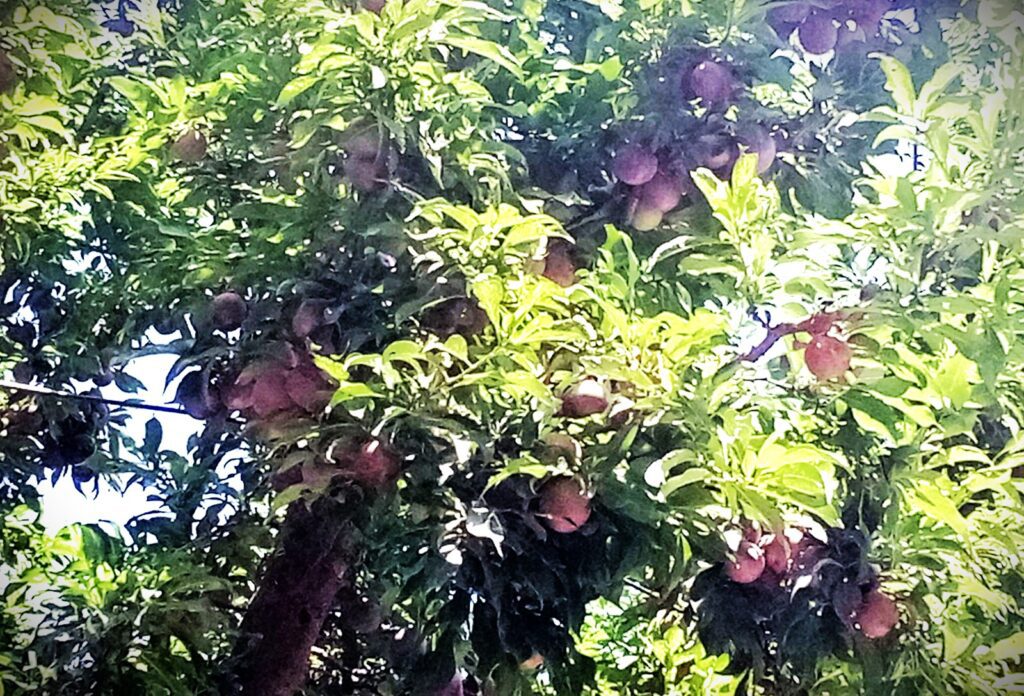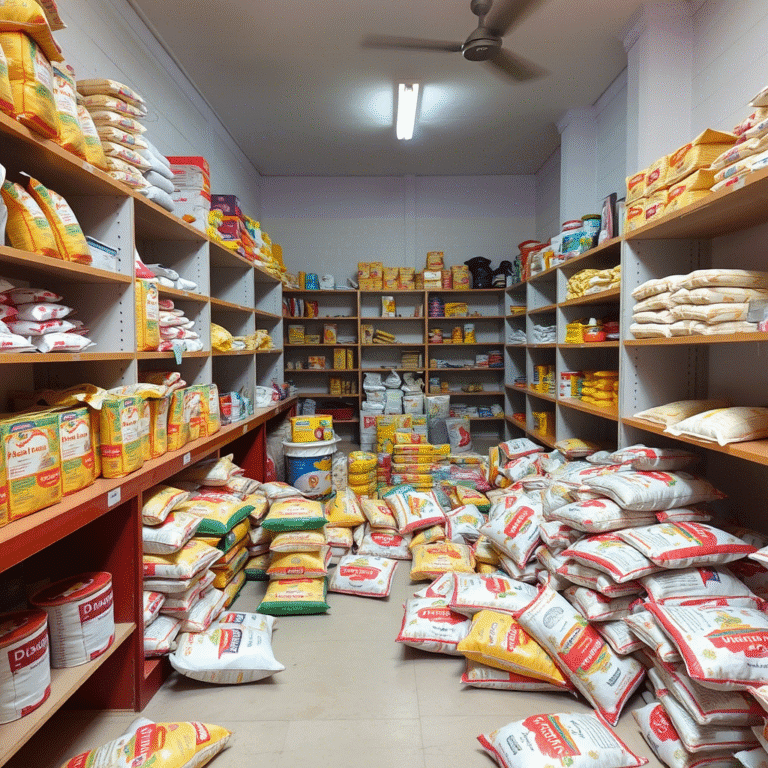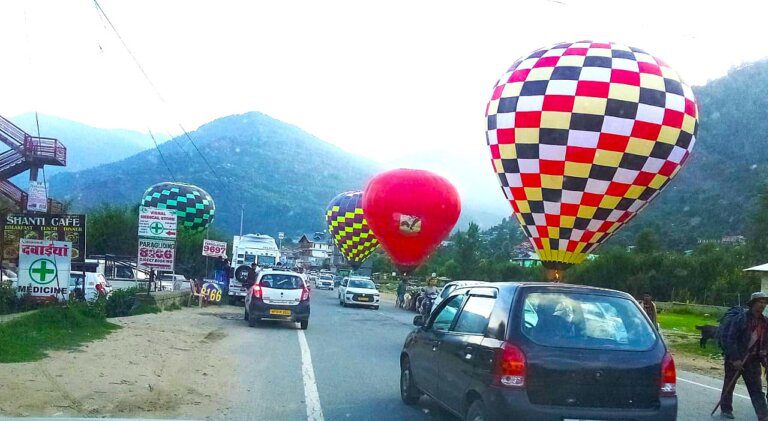
While the world celebrates apples and cherries, a quiet revolution is ripening in the orchards of Manali. This week, farmers across the Kullu Valley began harvesting Himalayan plums – a fruit locals call “nature’s candy” – yet its sweetness remains one of India’s best-kept fruit secrets.
Why Manali Plums Are Special
Grown at 6,000+ feet, Manali’s plums (Prunus domestica) absorb pristine mountain air and glacial water, developing a unique tart-sweet balance. Varieties like ‘Kala Amritsari’ and ‘Santa Rosa’ burst with deep burgundy hues and floral notes rarely found in commercial plums.
Harvest Highlights
- Timing: Peak harvest runs late June–mid-July.
- Traditional Techniques: Hand-picked at dawn to preserve delicate skin.
- Scale: 200+ smallholdings in Old Manali, Sethan, and Burwa supply markets.
Farmers like Bobby of Haripur village share the urgency: “Plums don’t wait. You wake at 4 AM, feel the crisp air, and fill baskets before the sun softens them. It’s backbreaking, but tasting that first juicy plum? Magic.”
The “Underdog Fruit” Dilemma
Despite their quality, Manali plums lack the fame of Kashmiri apples or Kinnaur apricots. Key reasons:
- Perishability: Plums bruise easily, limiting transport.
- Limited Marketing: Most sold locally or as jams.
- Short Season: 3–4 weeks of peak freshness.
Food blogger (@HimachalEats) argues: “These plums deserve celebrity status! Their complex flavor puts imported varieties to shame. We need #DiscoverManaliPlums to trend!”
How to Savor Them
- Local Tip: Pair with salty Himachali chutney or siddu (buns).
- Where to Buy: Manali Mall Road stalls (₹80–150/kg); Delhi’s Azadpur Mandi (late June).
- Health Bonus: Rich in Vitamin C, fiber, and antioxidants.
The Future: Agri-Tourism & Sustainability
Farmers now invite tourists for “Plum Picking Trails” (₹500/person), boosting rural income. Organic cooperatives also export pulp to European artisanal brands.
Horticulturist (CSIR-IHBT), notes: “Climate change is shortening harvest windows, but Manali’s high-altitude microclimate still offers ideal conditions. Protecting these orchards preserves biodiversity.”





